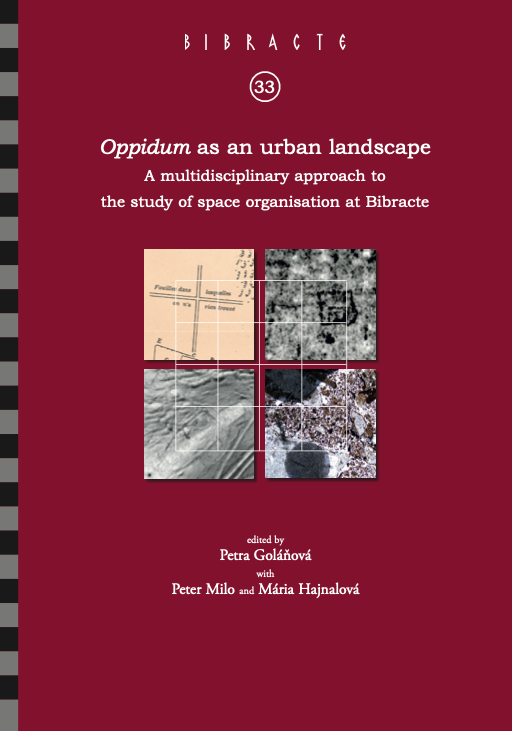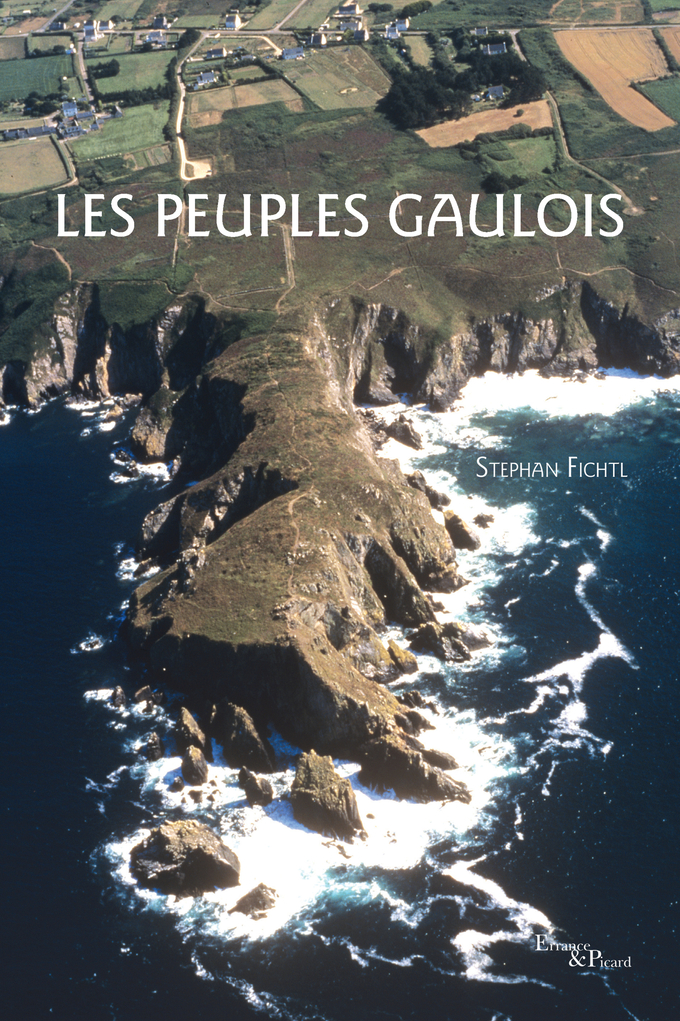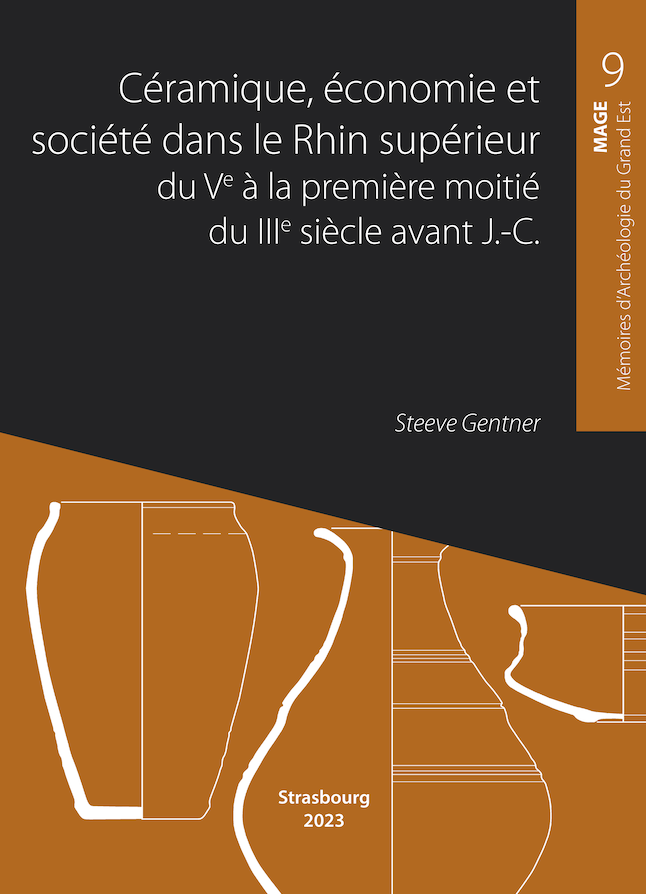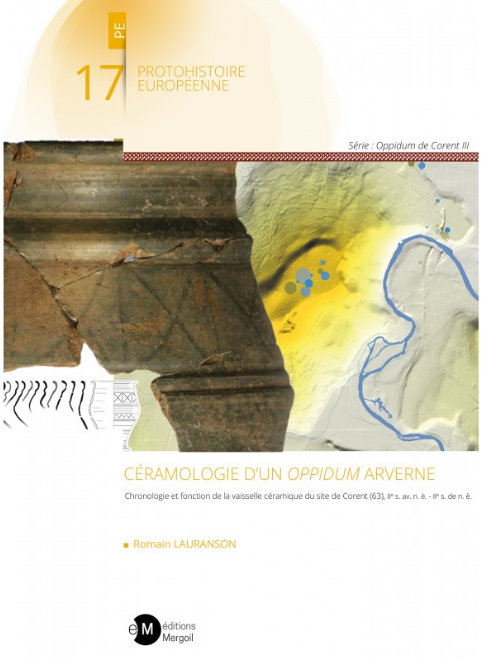- Search
- Advanced search

New
Oppidum as an urban landscape. A multidisciplinary approach to the study of space organisation at Bibracte, (Bibracte 33), 2023, 463 p. - Bibracte
Oppidum is used as a shorthand to describe fortified sites, established in the 2nd–1st c. BC across a vast area of Transalpine Europe. These sites express a specific form of urbanism but they differ greatly in terms of size, topography and functions. The largest of them, with presumably a significant amount of their intramural surface area devoid of construction, are examples of low-density urbanism. The dichotomy between rural and urban elements of the oppida has also been questioned and there has been a call for an appreciation of 'empty spaces' within oppida, while research to date has focused on their architecture and built-up areas.
It has been suggested that unbuilt spaces were used for different purposes: social, economic (farming, cattle herding and trade), or as areas kept in reserve for future urban development or as a refuge. The project 'Oppidum as an urban landscape: a multidisciplinary approach to the study of space organisation intra muros' described in this volume has addressed this subject specifically using the case-study of Bibracte.
Our first aim was to better understand the spatial organisation of the oppidum by means of a systematic geophysical survey, carried out between 2011 and 2021. We also approached the seemingly unbuilt spaces through the multi-proxy analysis of soil samples from test-pits excavated in 2019 and 2020, using different approaches (geoarchaeology, study of macro-botanical remains, pollen, phytoliths, diatoms, etc).
This combined study offers a comprehensively renewed vision of the spatial organisation of the oppidum of Bibracte, based both on a detailed history of the long-term research carried out on the site and on the new analyses. The study also shows that the soils of Mont Beuvray are the legacy of the human activities that have taken place there since the beginning of the Holocene, while the nature and function of the areas of the oppidum devoid of built remains cannot be easily understood, due to a combination of complex taphonomic factors, necessitating further research in this area.
All in all, this volume offers a resolutely original new approach to protohistoric urbanism.
Référence : 56583.
English
45,00 €
In the same Epoch




